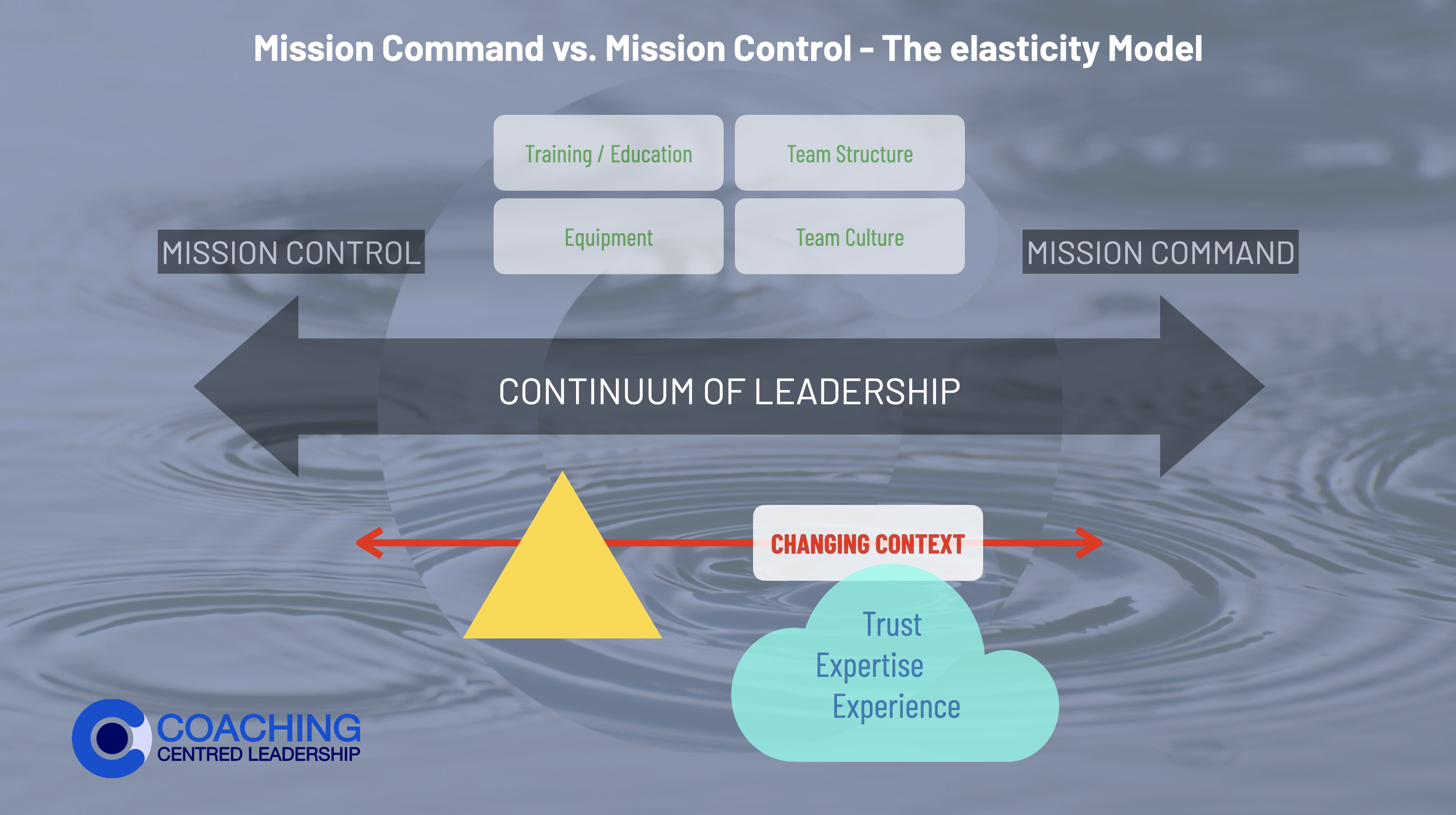
Mission Command vs. Mission Control
What does it take to deal with incomplete, contradictory and rapidly changing requirements?
The world is becoming increasingly complicated. The VUCA (Volatile, Uncertain, Chaotic and Ambiguous) environment demands we adapt our leadership to be able to cope with ‘wicked problems.’ Wicked problems are, by definition, difficult to solve because of incomplete, contradictory and rapidly changing requirements.
The only effective way of solving them is by empowering junior leaders to tackle challenges head on, using their own initiative and without the need to seek clarification or guidance. In essence, placing the authority to act at the point where the best and most up-to-date information is available.
The military call this philosophy “Mission Command” and uses it to exploit fleeting opportunities to stay ahead of the opposition.
Key Principles of Mission Command:
- Cohesive teams built on mutual trust
- Shared understanding
- Articulated leader’s intent (purpose)
- Clear, task-focused orders (“what”, not “how”)
- Sufficient resources
- Freedom of action
- Unity of effort
- Risk tolerance
Mission Command requires specific skills and a state of mind generated in the leader and in those he or she leads. It calls for leaders who can build cohesive and resilient teams based on strong bonds of trust. Who can create a shared understanding of the wider context, and can tell people what they are to achieve and, most importantly, why, and then allocate sufficient resources to get the job done.
The leader must then let the subordinate get on with it, exercising the minimum of control consistent with the subordinate’s experience and expertise, whilst always retaining responsibility for their actions. This requires leaders who are prepared and able to accept risk – and tolerate the occasional mistake!
Mission Command also requires the right mindset in the follower or junior leader. They must acquire the fullest possible understanding of the superior’s intent and think carefully about the wider context. They must have an honest conversation about the problems they might face and then take personal responsibility for tackling those problems. They must think through the consequences of their actions and inform those who might be affected about the risk involved. Above all, for mission command to work properly, subordinates must apply judgement and exercise disciplined initiative, acting within the boundaries set by the leader.
But wicked problems are also sometimes impossible to solve. Individuals or teams might be faced with situations they simply cannot deal with. Expecting Mission Command to be the answer will simply not work. In these cases, the leader must be more directive and tell the subordinate what to do. More ‘Mission Control’ than ‘Mission Command‘.
To be comfortable operating in the VUCA environment, leaders need to understand the concept of ‘elasticity;’ the need to move from Mission Command to Mission Control depending on the context of the situation and a number of factors.
There will be factors that the leader can see and measure – team structure, its culture, equipment, levels of training – and there will be the factors that the leader will need to assess and feel – trust with the particular individual or team, their experience and expertise. Judging where you are on the spectrum or continuum of leadership is an art that will only come with the leaders own training, experience and, above all, the knowledge of his or her people.


